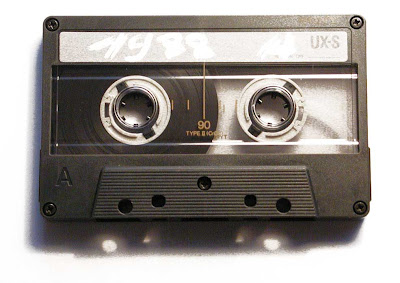I've been looking through the photographs I have from the allotment and I noticed how each plot was individual and has a personality. This got me thinking about how each plot is worked by the owner to suit them and their needs, with different ideas and opinions, layouts and styles, choices of flowers, fruit, herbs and vegetables to grow, to go organic or use chemicals, and so on, all these different choices come together to create a unique plot that reflects the owner.
I like this sense of individuality and variety, it’s definitely something I want to get across in this project.
I wonder if people plan out their plots on paper before hand? I'm sure not everyone would do this but it could be worthwhile to ask them and build up a collection of people’s maps, sketches and calendars even, to get a sense of the individual and their personality.
As I was on the subject of mapping, it was suggested I see what the allotment looks like using Google Earth, so I did:

It looks so historical, organised an efficient, not a bit of space wasted. It doesn't look like it’s changed since the "Dig for Victory" days in the war.
Sam (my tutor) pointed out that it looked similar to DNA strands, because of all the separate plots and then all the strips of different vegetables. This links in with what I was thinking about the layouts of the plots and how each one is unique.

I think this could be developed into something, but I'm going to plough on with the research see what I can unearth.




























.JPG)
.JPG)
.JPG)
.JPG)
.JPG)




